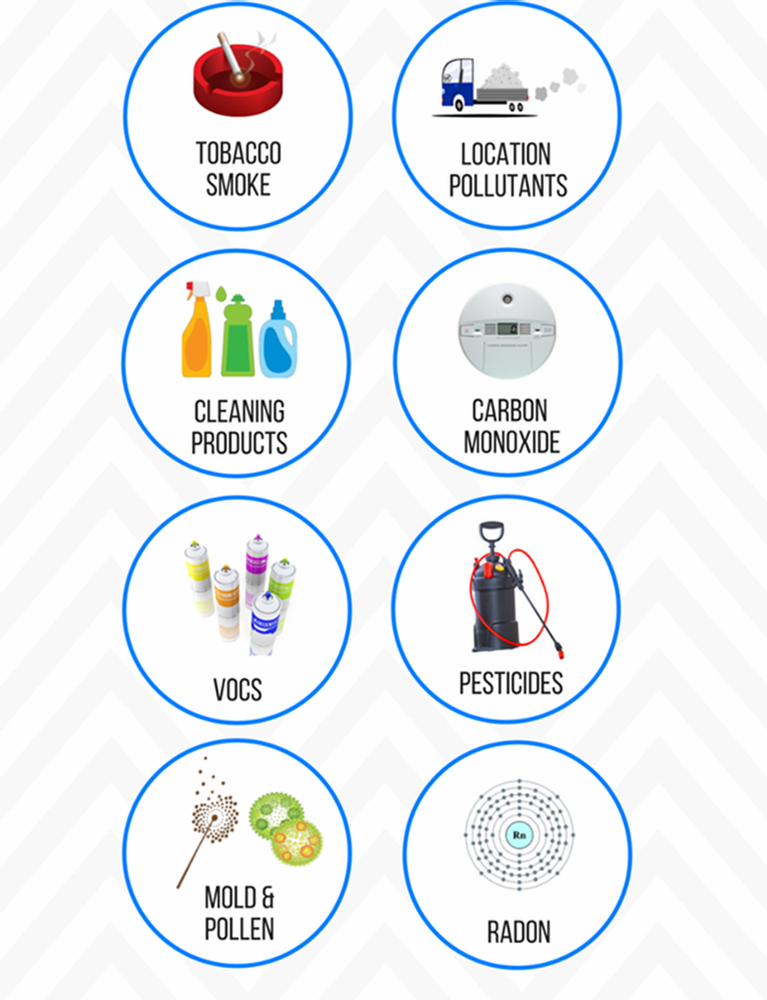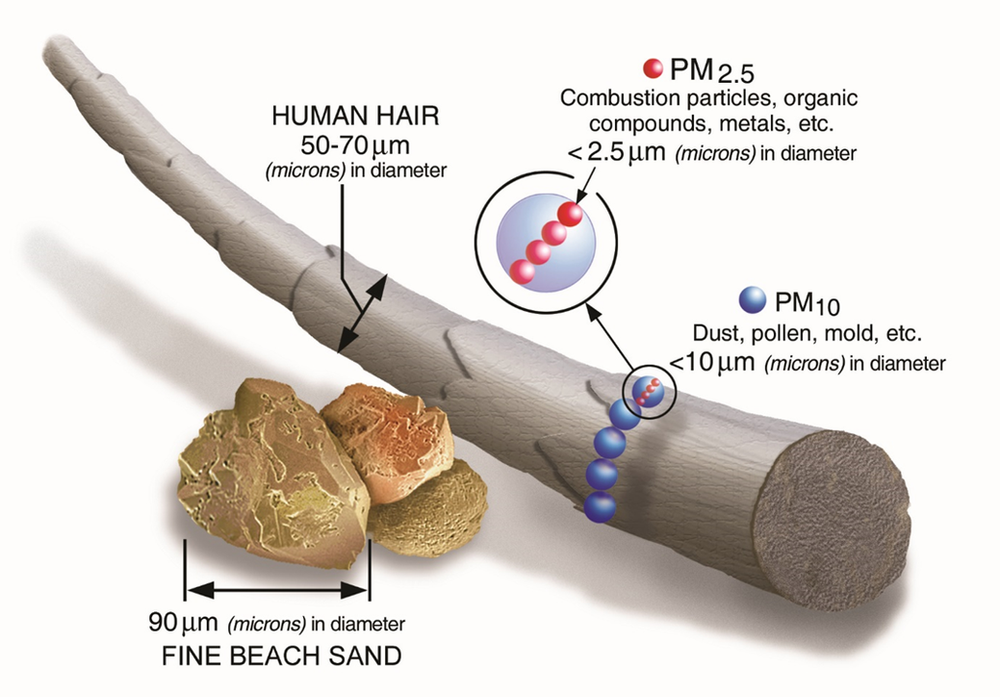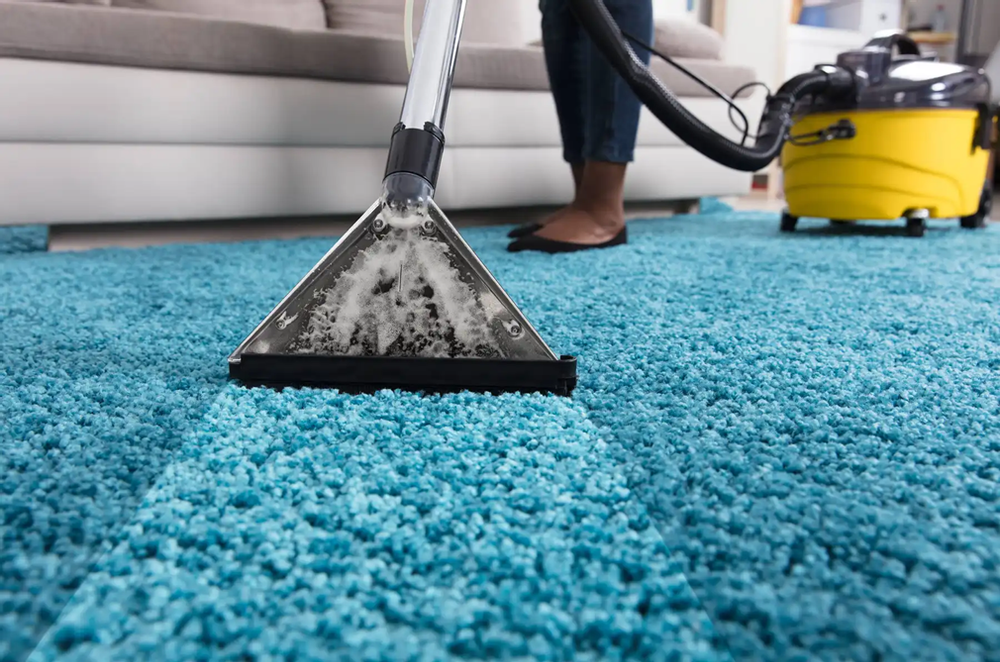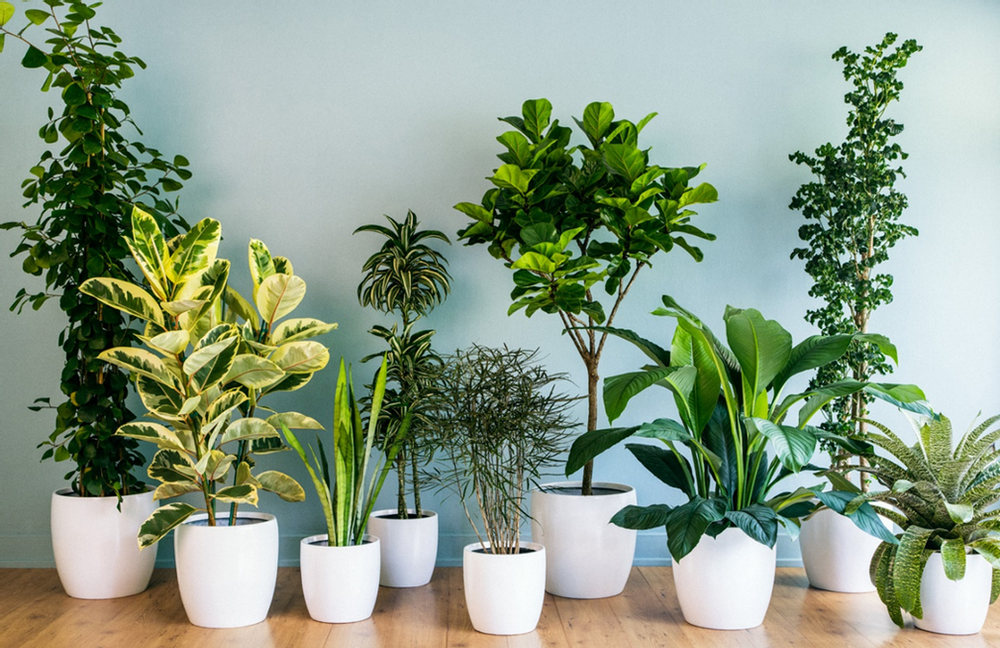How To Manage Indoor Air Quality
With some amazing indoor plant suggests!
Haven’t we all waited to get home and crash on the sofa, far from the madding crowd of dust and smoke?
Spoiler alert: Seeing isn’t believing. Chances are, the air quality in our homes may be worse.
Enough study has been done on indoor air pollution to awaken us to its dangers. Simply put, the limited ventilation indoors means that pollutants are not adequately cleared away.
Indoor air pollution causes 2 million deaths annually, a sizeable number of which are premature, according to a recent study in the Indian Journal of Community Medicine.
Not just lower-income groups are affected by air pollution indoors, owing to common factors like solid fuel burning. Any average indoor space is impacted by a wide range of pollutants. These include VOCs (Volatile Organic Compounds), dust and pollen settled in fibrous items like mats and rugs, cigarette smoke, and other emerging pollutants.

So exactly how bad is indoor air pollution?
Quite bad, research finds. In the short term, it causes problems like eye irritation, sore throat and runny nose. The long term health impacts can be far more serious, and include lung cancer, heart disease, and other serious respiratory problems. Recent study has also found that long term exposure to particulate matter increases the risk of mortality associated with COVID-19.

An article published by WHO and Gates Foundation describes household air pollution as having a gendered impact. Women are exposed much more to the harmful effects of solid fuel burning. The same goes for the elderly at home, whose longevity is impacted by indoor air pollution.

Children are impacted in terms of the ratio of pollutants taken in as against body mass. Added to this is the fact that they have smaller bronchioles or airways. This increases the chances of respiratory congestion due to pollutant pileup.
8 ways to improve air quality in rooms

While you can’t wave a wand to transform the quality of the air around you, you can certainly follow precautions that will go a long way in improving air quality indoors.
- Ensure proper ventilation indoors, particularly in spaces like the kitchen where combustion happens.
- Switch to home-made cleaning solutions to limit the emission of VOCs.
- Leave footwear outside your home.
- Use water to wipe and clean dusty surfaces. Regularly wipe mats, rugs and meshes for dust removal.
- Avoid visiting a newly painted building for two-four weeks, as this is when VOC emission is highest.
- Ensure workspaces are clean and dust-free. Sick building syndrome can have a chronic impact on workforce health and productivity.
- Depending on your affordability, use dehumidifiers and commercial air purification systems
- Wherever possible, use clean means of combustion. This would include:
1. Using induction or gas stoves, or cheaper alternatives like Gobar gas in place of solid fuel.
2. Using substances like essential oils to provide fragrance, instead of burning incense.
3. Using inverters which use electric energy, over generators which burn petroleum.
HERE’S A BONUS FOR YOU!
5 PLANT SUGGESTIONS TO IMPROVE AIR QUALITY AT HOME
Having plants at home is one of the most refreshing and brightening decors you could possibly have. Additionally, indoor plants really help in absorbing pollutants in air.

Some of the best and easily available indoor plants are:
1. Bamboo palm
Bamboo palms are ideal for indoor spaces since they require minimal sunlight and filter out carbon monoxide, benzene, formaldehyde and chloroform from the air.
2. Weeping fig
A fast growing plant that needs a certain amount of nutritive care, the weeping fig is one of the best options to remove toxins such as benzene, formaldehyde and trichloroethylene.
3. Golden pothos
This is a great indoor plant requiring minimal care and attention, and effective in removing some of the most common toxins found indoors such as benzene and carbon monoxide.
4. Aloe vera
The aloe vera is referred to as an oxygen bomb: it is extremely effective in refreshing the oxygen supply in any space. In addition to absorbing carbon dioxide, it removes VOCs from the air as well.
5. Peace lily
The peace lily is particularly used for removing mould and hence, commonly placed in damp areas such as the bathroom to eliminate odour.

We at Devic Earth would like to remind you of how precious your health is. Let’s fight pollution together and foster a good life for ourselves and subsequent generations on earth.
Further Reading:
https://www.who.int/life-course/news/household-air-pollution/en/
https://www.frontiersin.org/articles/10.3389/fenvs.2014.00069/full
https://www.sciencedirect.com/science/article/pii/S2212609014000521

.svg)
.webp?width=1080&height=1080&name=Free%20Case%20Study%20Steel%20Plant%20(1).webp)






Post Comments